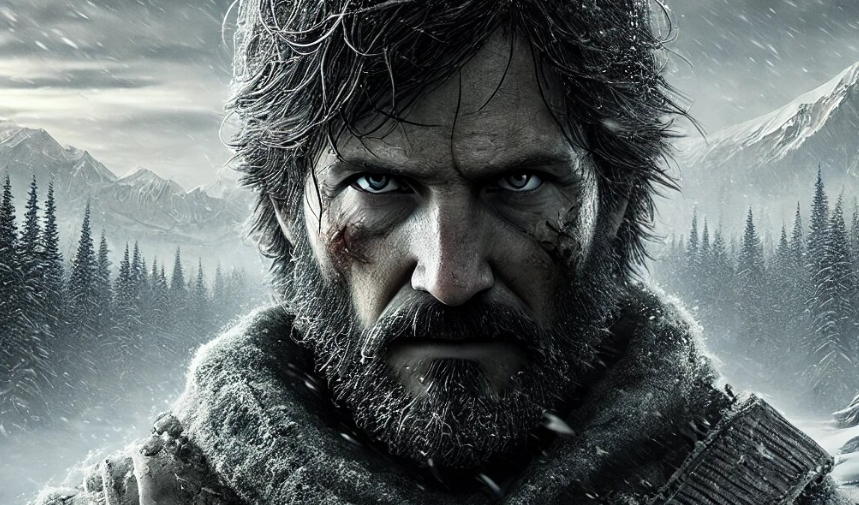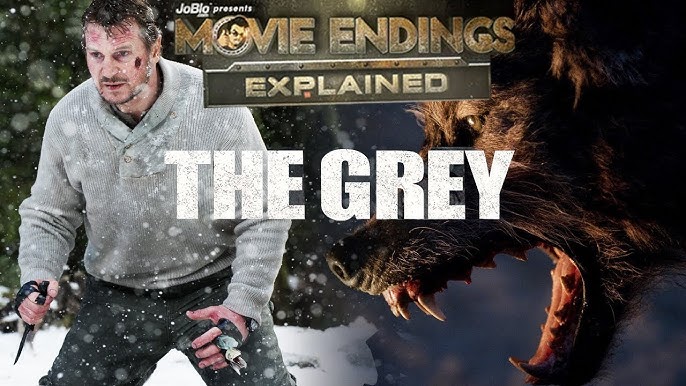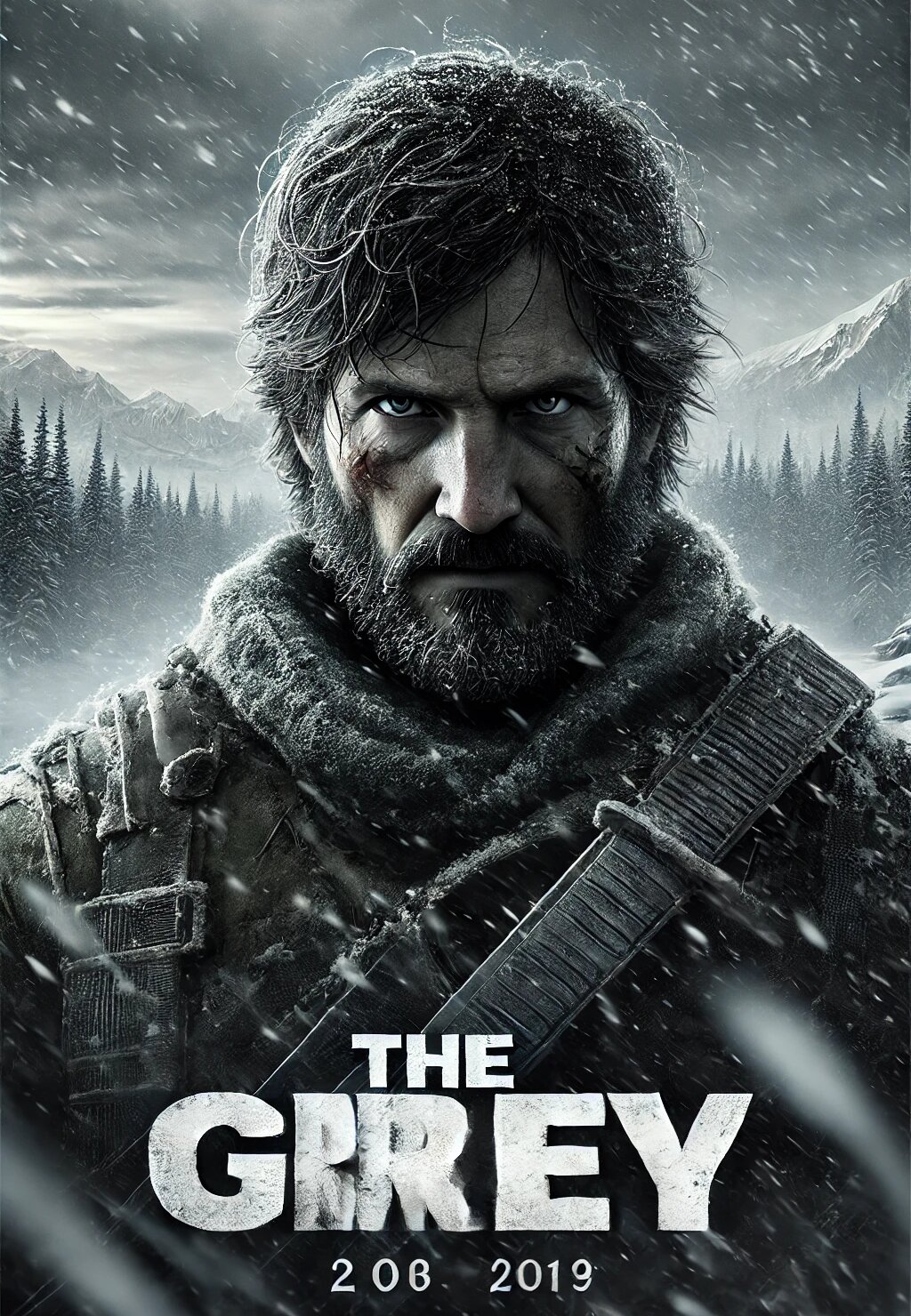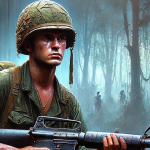𝙏𝙝𝙚 𝙂𝙧𝙚𝙮 (𝟮𝟬𝟭𝟭)

“The Grey” Ending Scene | HD |
The Grey (2011), directed by Joe Carnahan, is a gripping survival thriller that blends intense action with profound emotional depth. Set against the brutal, icy wilderness of Alaska, the film explores the themes of human survival, mortality, and the primal instincts that emerge when people are pushed to their limits.
Plot Summary
The story follows a group of oil rig workers, led by John Ottway (Liam Neeson), who survive a plane crash in the remote wilderness of Alaska. The survivors must endure freezing temperatures, hunger, and, worst of all, a pack of relentless wolves that begin stalking them. As they try to find safety and avoid the wolves, they must confront their inner fears, face their mortality, and rely on each other to stay alive.
Ottway, a skilled hunter and sharpshooter, becomes the de facto leader of the group. He’s a man hardened by personal loss and struggles with despair. Throughout the journey, he finds himself pushing through his own demons, trying to keep the group together as the wolves hunt them one by one.
Strong Performances
Liam Neeson’s portrayal of John Ottway is one of the standout aspects of The Grey. While Neeson is known for his action roles, his performance here is deeply emotional and layered. Ottway is a man who has experienced profound grief, and his journey in the wilderness mirrors his inner struggle to cope with the loss of his wife. Neeson brings a raw authenticity to the character, making Ottway both a leader and a vulnerable human being who must confront not just the wolves but his own sense of hopelessness.
The ensemble cast also delivers strong performances. The characters are developed enough to make the audience care about their survival, even though they don’t have the same depth as Ottway. Dermot Mulroney, Frank Grillo, and Dallas Roberts play some of the other oil workers, each bringing a unique set of strengths and weaknesses to the group dynamic. Their varying personalities and moral dilemmas help to create tension and conflict as the survivors struggle to trust each other in the face of overwhelming danger.
Cinematic Elements
The cinematography in The Grey is stunning, with the harsh, snowy landscapes of Alaska creating a bleak and inhospitable backdrop. The cold, desolate setting serves as a constant reminder of the characters’ vulnerability and the hostile environment they must endure. The camera often lingers on wide shots of the icy wilderness, making the human characters appear small and insignificant in the vastness of nature. This visual technique emphasizes the film’s theme of man versus nature and the idea that humans are fragile when pitted against the raw power of the natural world.
The film’s pacing is deliberate, allowing the tension to build slowly and steadily. There’s a constant sense of danger, but the wolves are not the only threat; the psychological toll of being stranded in such a remote and unforgiving environment is equally daunting. The survivors are forced to confront not only the wolves but also their own fears, regrets, and the reality of their impending death.
The score, composed by Marc Streitenfeld, is haunting and atmospheric. It complements the bleak tone of the film, with minimalistic strings and a slow-building intensity that mirrors the characters’ struggle to survive. The sound design is also effective in creating a sense of immersion, with the howling wolves and the oppressive silence of the wilderness heightening the feeling of isolation.













